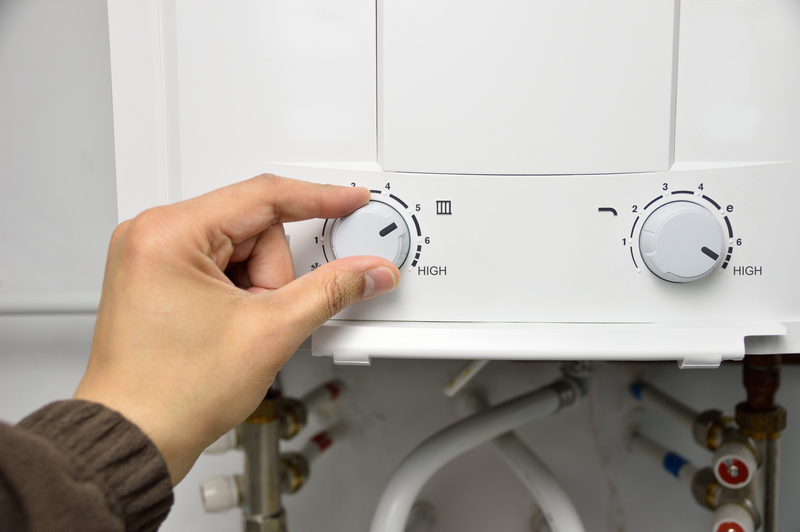Most homeowners only think about their water heater when it stops working. Yet this unsung appliance quietly powers our daily routines, from morning showers to dishwashing. What’s surprising is that the average water heater lifespan of 8-12 years can actually stretch to 15-20 years with proper care. Ready to transform your water heater from a mysterious basement dweller into a well-maintained powerhouse?
The temperature setting sweet spot most people miss

While many manufacturers set water heaters to 140°F by default, this temperature is unnecessarily high for most households. Setting your water heater to 120°F isn’t just about comfort – it’s a game-changer for your wallet and your appliance’s longevity.
This simple adjustment can reduce energy costs by 3-5% and slow down mineral buildup and corrosion inside your tank. A digital water heater thermometer makes this task precise and foolproof.
Most importantly, the 120°F setting provides ample hot water while preventing scalding risks, especially important for households with children or elderly residents.
Your water heater needs breathing room
Many homeowners inadvertently suffocate their water heaters by storing boxes, cleaning supplies, or laundry items too close. This common mistake can reduce efficiency and create potential safety hazards.
Maintain at least two feet of clearance around your water heater. This space allows proper ventilation for gas units and easy access for maintenance. Remove any flammable materials from the vicinity immediately.
Consider installing a carbon monoxide detector near your gas water heater for added safety. Poor ventilation can lead to dangerous carbon monoxide buildup.
The hidden power of the anode rod


Inside your water heater lies an unassuming hero: the anode rod. This sacrificial component prevents tank corrosion by attracting corrosive minerals that would otherwise eat away at your tank’s lining.
Most homeowners never check their anode rod, yet replacing it every 3-5 years could double your water heater’s lifespan. When more than 6 inches of the rod’s core wire is exposed, it’s time for a replacement.
Consider upgrading to a powered anode rod which lasts longer and doesn’t need frequent replacement. This modern solution is especially beneficial for homes with soft water.
Sediment buildup is killing your efficiency
Those strange knocking sounds from your water heater aren’t ghost activity – they’re likely caused by sediment buildup. This accumulation of minerals forces your heater to work harder, increasing energy costs and potentially leading to premature failure.
Annual tank flushing is crucial, yet only 30% of homeowners perform this vital maintenance task. Connect a garden hose to the drain valve and empty the tank completely to remove sediment. For areas with hard water, consider flushing every six months.
Installing a whole-house water filtration system can significantly reduce sediment buildup and extend your water heater’s life.
The expansion tank mystery solved


That small tank mounted above your water heater isn’t decorative – it’s an expansion tank, and it’s more crucial than you might think. As water heats, it expands, creating pressure that can damage your plumbing system.
Many homes lack this essential component, leading to reduced water heater lifespan and potential plumbing issues. If your water pressure exceeds 80 psi, an expansion tank isn’t optional – it’s necessary.
Installing an expansion tank costs relatively little compared to the potential damage from excessive pressure. Consider adding one during your next maintenance check.
Insulation matters more than you think
Your water heater loses heat constantly, like a cup of coffee left on the counter. Proper insulation can reduce standby heat loss by 25-45%, translating to significant energy savings.
Invest in a water heater insulation blanket and pipe insulation sleeves. This simple upgrade pays for itself within a year through reduced energy costs.
Remember to insulate both hot and cold water pipes near the heater. This prevents heat loss and protects against freezing in winter months.
Understanding these often-overlooked aspects of water heater maintenance can save you thousands in repairs and replacement costs. Regular attention to these details might seem excessive, but consider this: replacing a water heater typically costs $1,000-$3,000, while annual maintenance runs about $100. The choice becomes clear – invest in maintenance now or pay significantly more later. Your water heater works tirelessly to provide comfort; returning the favor with proper care ensures it will continue serving your household efficiently for years to come.
